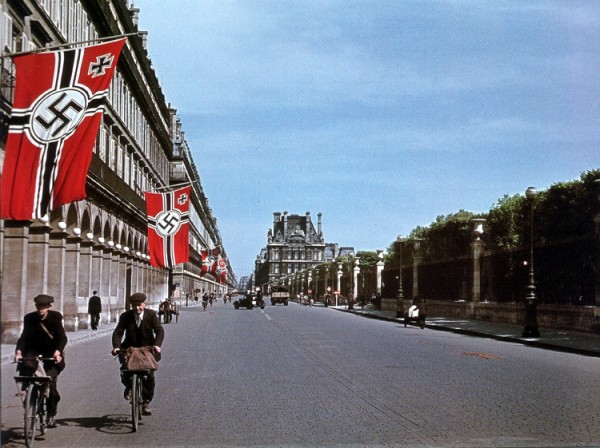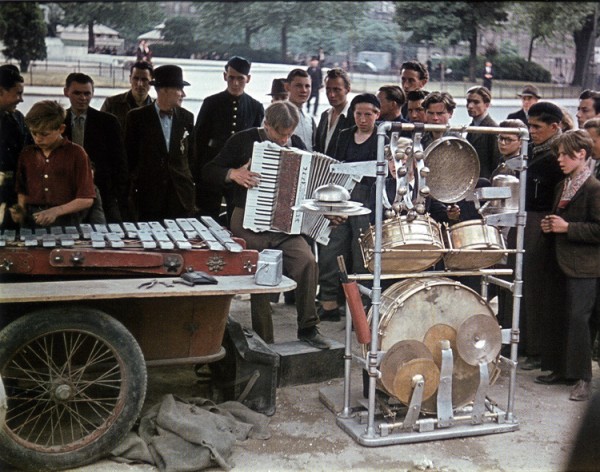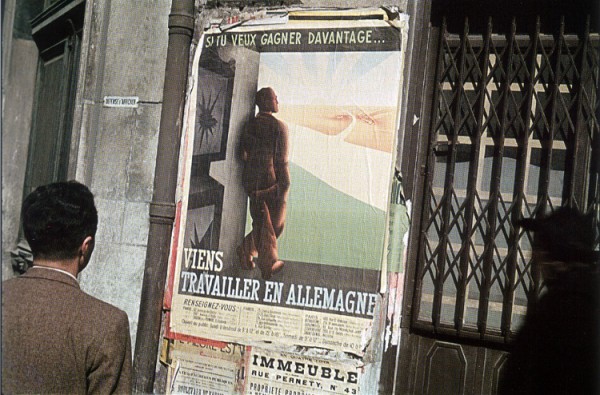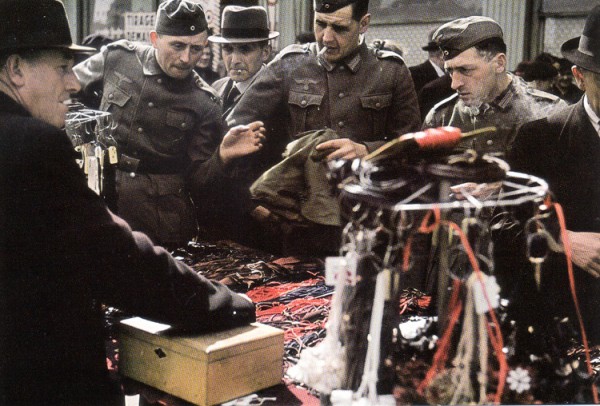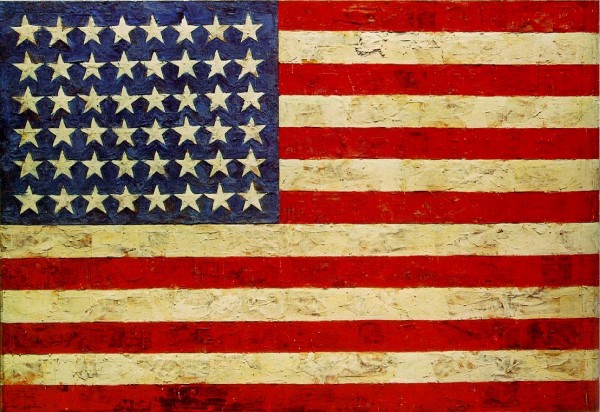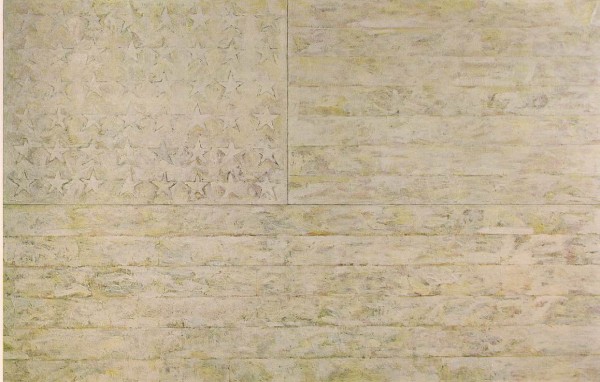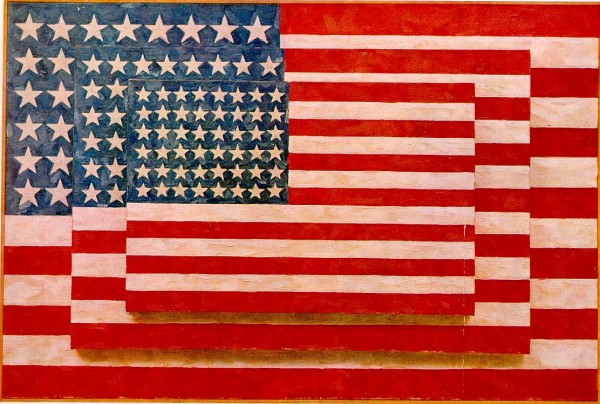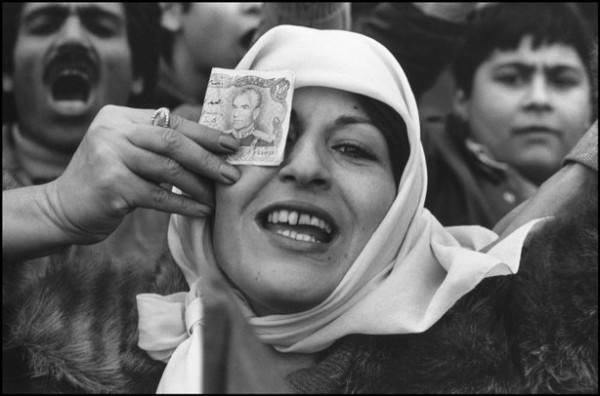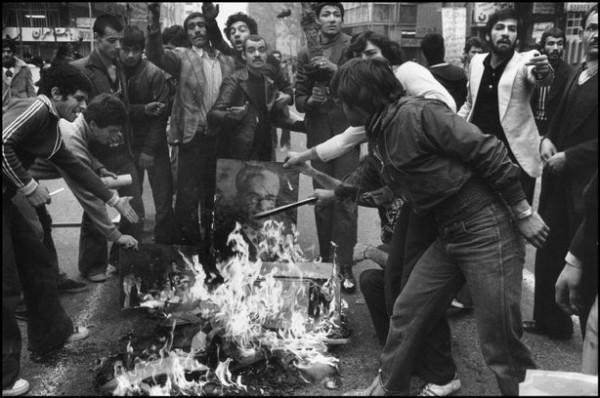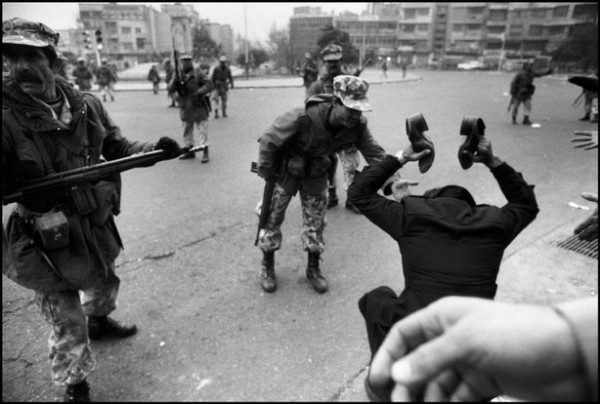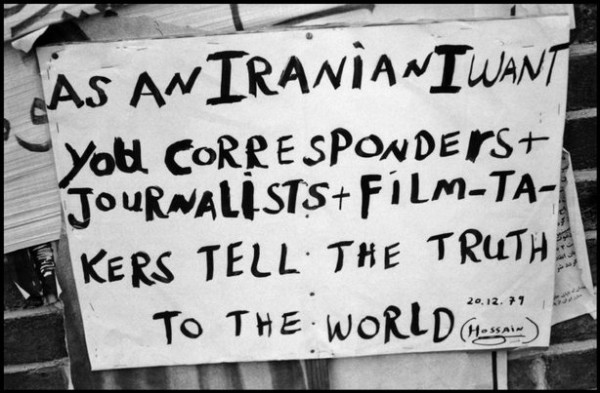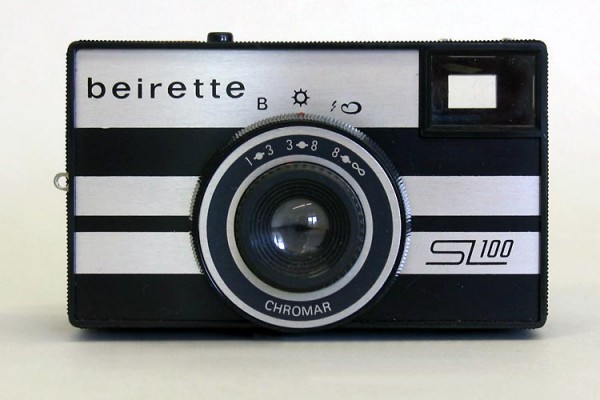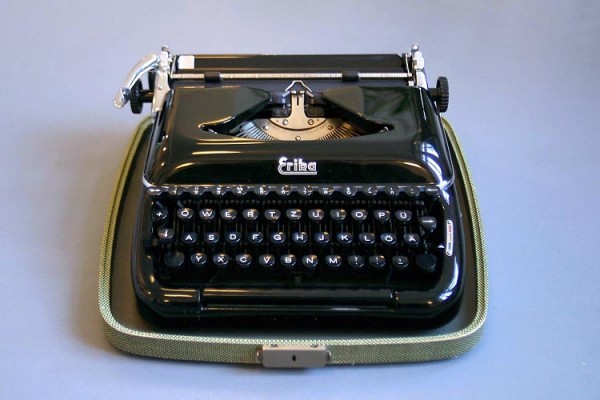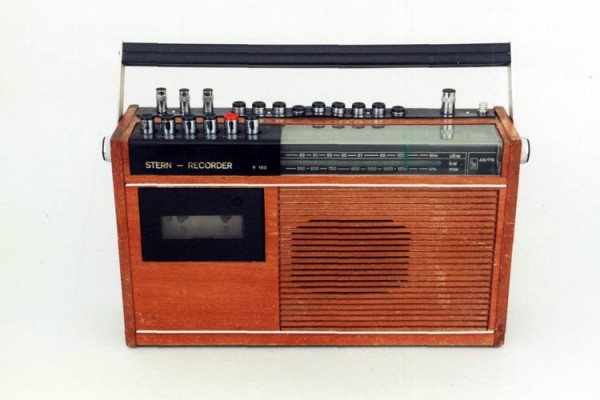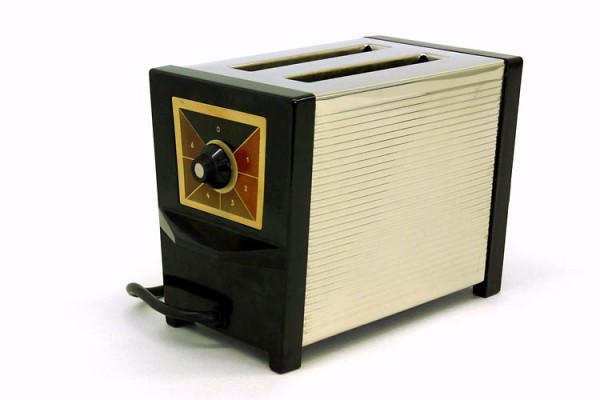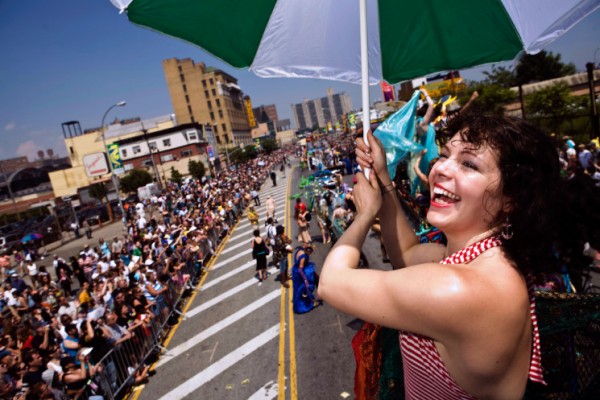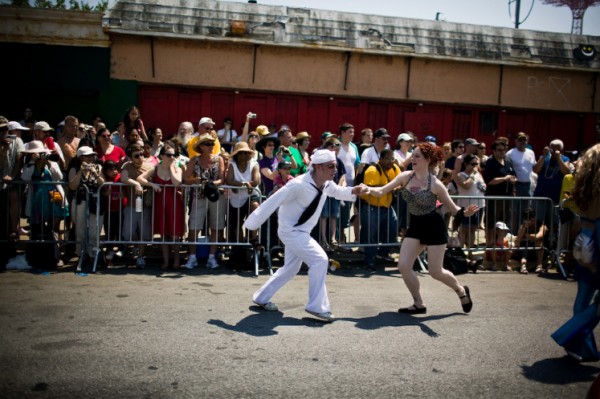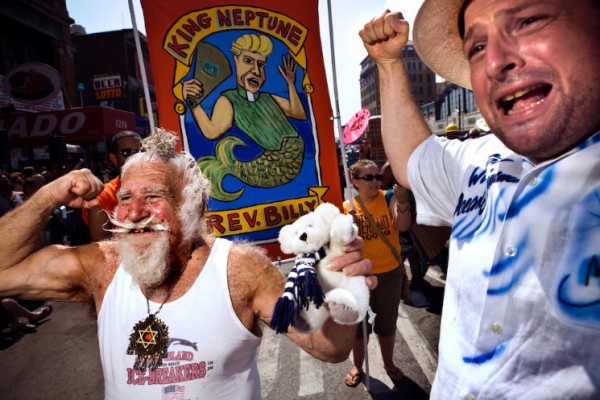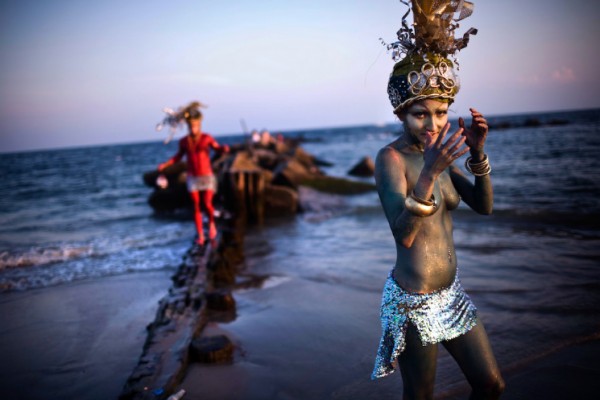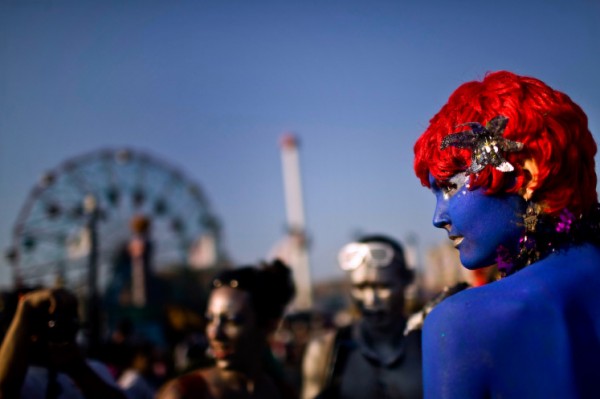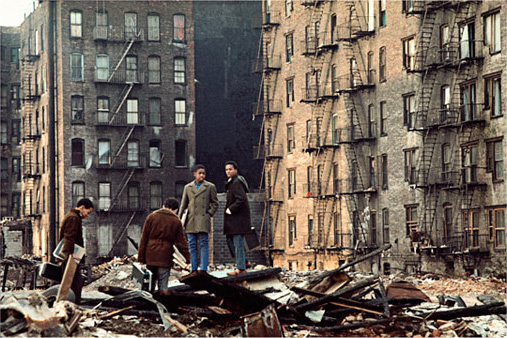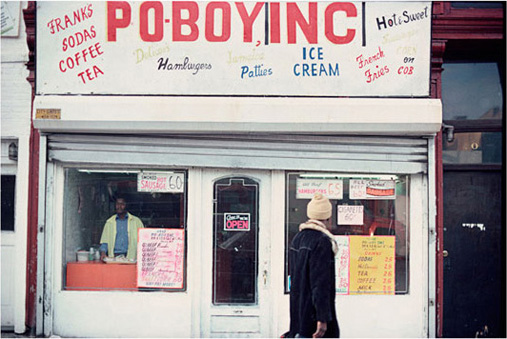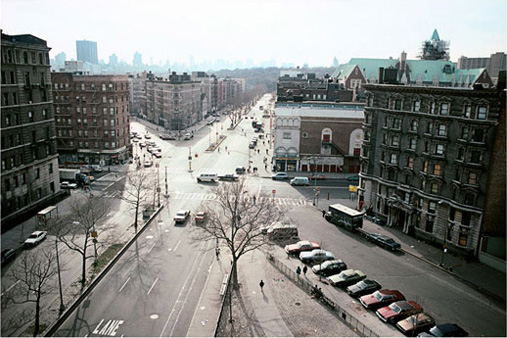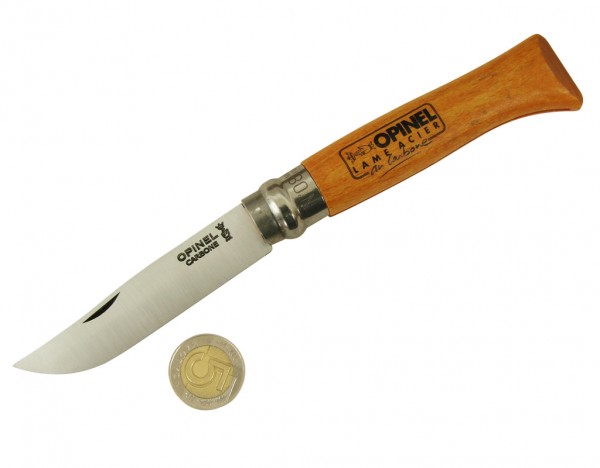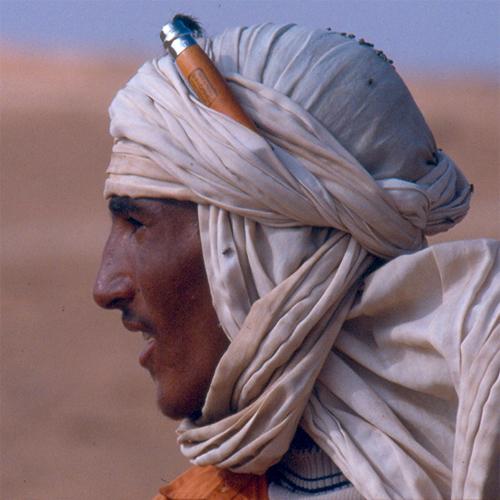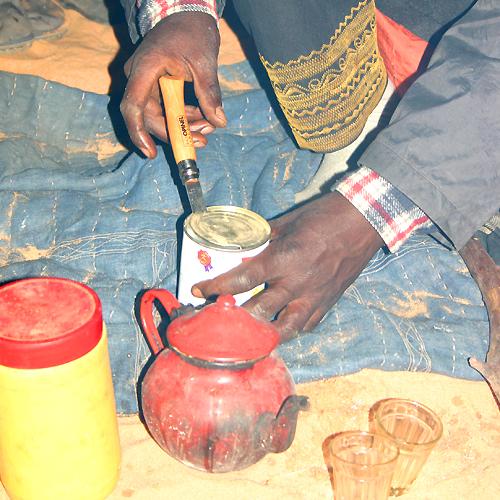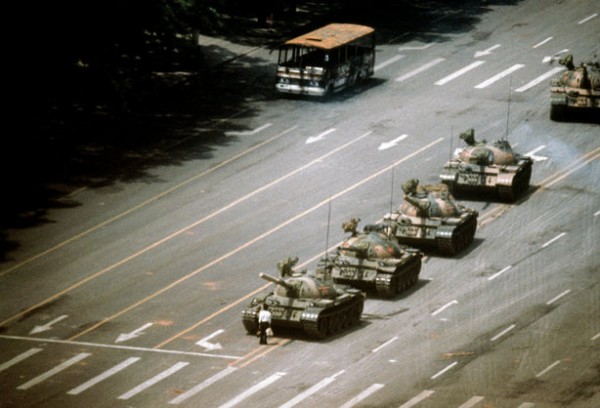
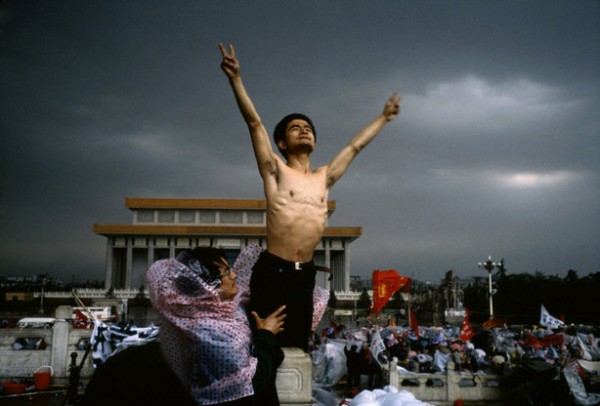
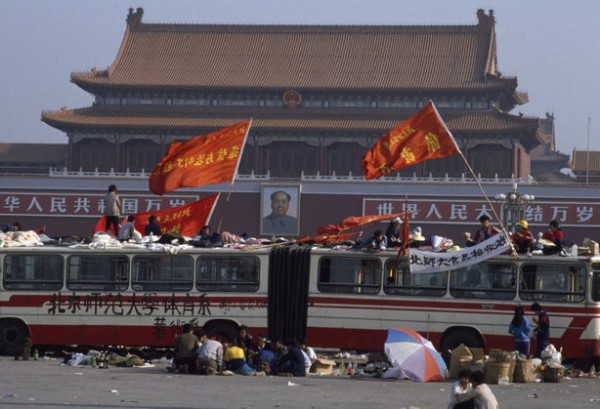
Scelere velandum est scelus.
One crime must be concealed by another. —Seneca
On June 4, 1989, seven weeks of peaceful protest were ended with tanks and guns. The world watched as soldiers fired on students, workers, and ordinary citizens demonstrating for democracy and human rights. Many were shot in the back as they fled. The Chinese red cross reported 2,600 deaths, while the official government record is 241.
The protests and massacre have become known among dissidents as the “June 4th Movement” or simply “6/4” but many younger Chinese are unaware of the date’s significance.
The Chinese search engine Baidu now blocks at least 19 derivations of “six four,” including homophones, the abbreviation “SF,” and “63+1.” Some internet users have begun to evade censors by referring to the date as May 35th.
Days ahead of the 20th anniversary, the Chinese government has forbidden foreign television crews and photographers from filming Tiananmen square, detained dissidents, blacked out BBC news broadcasts, blocked web sites including Twitter, Flickr, and YouTube, and halted delivery of international newspapers.
Today in China some wore white, the color of mourning, as a form of silent protest and 100,000 people took part in a candlelight vigil at Victoria Park in Hong Kong.
Magnum Photos: Remembering Tiananmen
Frontline: The Tank Man
